|
Daria Roithmayr
Images by Erik Roithmayr
Last week we mentioned the shifting sands that felt like walking on a waterbed..
A short video clip showing the liquefying soil the crews battled digging the pilot channel (credit Field Manager Christopher Torres)
The Rio Chama is officially on its way back into its original channel as of Tuesday evening. Workers from the US Department of the Interior Bureau of Reclamation literally broke ground on Tuesday afternoon to let the waters flow into a mile of empty river bed in Medanales. The re-diversion team removed a plug of sand that separated the rediverted river and the original channel to redirect water into the dry river bed. Water that minutes before had been flowing onto local residents’ fields and buildings now rushed into the bed, filling the channel and even making waves as the flow increased.
Several weeks ago, the river had jumped its tracks when area flash floods had deposited an immense amount of silt into an area just north of the La Madera arroyo. The mound of sand plugged the river and has been pushing the river flow onto local residents’ fields ever since.
To guide the river back to its original channel, workers first removed sand at the bottom of the plug, where the original river and new river happened to be close to each other. Workers cheered as water began flowing into the river bed that had been dry for three weeks. To deal with the rest of the plug, the Bureau team used conventional excavators to dig a twenty-foot pilot channel through the sand. At 6:30 on Tuesday evening, the Bureau opened the pilot channel and water began to flow through the plug into the river bed.
The Bureau anticipates that water flowing into the formerly dry bed will carry downstream all the sediment from the plug. Plans are to monitor the pilot channel and the river carefully, and gradually increase the river flow, which is currently at 100 cubic feet per second. As the flow increases, it will carry more sand and sediment from the plug and the pilot channel will widen over time.
Acequias downstream of the plug have been notified that the water will contain much sand and sediment, and mayordomos can decide when to begin using the water. Those upstream will benefit from the increased flows, as flows have been kept low to reduce damage from the river diversion. Torres expects residents’ fields to begin to dry out on their own, depending on weather, soil composition and the gradient of the field. “This is an ‘adaptive management’ process,” explained Torres.
The Bureau of Reclamation encountered an unexpected river roadblock early in the project. What had appeared to be firm sand swallowed a bulldozer, which took much effort to retrieve. The Bureau immediately sent for amphibious equipment that could operate in water and on springy sand. The process was time consuming: the amphibious dozer had to be packed up disassembled from Socorro and reassembled in Medanales. Predictably, the original timeline had to be scrapped. “As Mike Tyson says, everyone has a plan until you get punched in the face. We got punched in the face,” explained Chris Torres, the Field Manager for the Bureau of Reclamation. “We made up a lot of that time,” Torres said, speaking with great pride about his team out of Socorro. “An average of six or seven workers have been working nonstop for the last three weeks, working twelve-hour days even on the Fourth of July. They are so dedicated, I have to remind them to eat lunch, or insist that they knock off for the night.” Torres has had much experience with re-diversions, because the Rio Grande frequently jumps its tracks. As the water flowed with force into the river bed on Tuesday, a nearby resident who came to watch the proceedings jumped for joy and flashed the crew a big thumbs up.
1 Comment
By Carol Bondy
Last week via Email and Facebook Readers reported feeling tremors. The tremors were felt over the previous week. On 7/7 a stronger tremor was reported a little after 8PM. The tremors were along 554, on Blue Earth Trail, along 142, 155 and 156. Some of the comments "Yes I’ve felt them all. Someone suggested that they may be sonic booms? Last week I felt two in the middle of the night. They felt like they were coming from underground." Yes! I felt it just after 8pm last night (Sunday). Off 554 on 142. I felt two, up on 156 by plaza blanca. One was 11:08 pm felt a big quick jolt a couple weeks ago here on 155, my closest neighbor felt it too. Yes, we felt all of these off 554 We contacted our resident Geologist, Kirt Kempter. He had not heard of any. USGS did not report any on their website. USGS reported quakes that are 2.5 on the Richter scale. Lesser tremors can be reported and they will track. We also contacted Bureau of Reclamation to see if there was a chance these could be related to the work being done in the riverbed. The answer was no. So if you felt a quake you or feel one in the future you might want to report it. Click on "Felt Something Not Shown" On USGS Thanks John Yewell for sharing that link. By BD Bondy This Summer, one of the things we did was drive to Seattle and pick up our grandson to go to Wyoming. Our grandson, Milo, likes wildlife. He loves nature, and he’s really good with it. He studies all kinds of animals; salamanders, fish, birds. He likes looking for them too. And just so you know, he’s 20, so, not a little kid. We took him to the Green River Formation in Kemmerer, Wyoming to go fossil fish collecting with some dear friends, Jim & Nada. Last year we met them there, as they also like fossils, and while there, the fossil fish capitol of the world, we stopped in a fossil shop that offered night digs. That business is called In Stone Fossils, hence the name of this article. So for a year, we have been anticipating going on this night dig with In Stone Fossils, co-owned by Dean Sherman and his wife Stacey, and Garey and Lisa Lacey. I was very excited to be able to have this opportunity to do a night dig. To begin, our first dig day was Monday and the four of us, Milo and I, and Nada & Jim, went to a ‘regular’ public type quarry called Fossil Safari. I highly recommend doing a dig like this if it’s your first time out. These quarries are open all day, provide the rock, tools, and instruction. We’ve been to the quarry next door called American Fossils, which I highly recommend. Fossil Safari was great, very much like American, they provide everything you need, including saws to trim your fossils at the end of the day. You find plenty of fish, and sometimes a leaf or a bug maybe. Some folks have found Stingrays. Next day was Tuesday and we went to In Stone Fossils for a private day dig. It was very different. They provide lots of tools, and a couple guys to help, Ayden and Graison. Plus, we dig a part of the actual quarry. The fish fossils were better quality and more varied. This was still an upper level of the ancient lake, but it was a lot of fun digging out big slabs of rock and splitting them down looking for things. We found lots of fish, some palm, leaves, and maybe some plant like material. While here, the extremely enthusiastic owner Dean showed Milo and I a couple of other layers. He took us to the Mini Fish layer which is made up of very thin layers that come apart easily, literally just by pressing on it. They come apart like leaves of a book, very delicate and thin, often with small fish in them. Another layer he showed us was the Gastropod layer. While breaking out some slabs, he almost immediately came up with a large Phareodus fossil. A gorgeous fossil fish about 12” long. Another great day for us. It was so great in fact, we booked another dig just like it for Friday. Wednesday was the night dig, starting at 3pm. I know, not night, but we again met at their shop in town and they had a charcuterie board waiting for us with customized insulated water bottles with our names on them. The shop is beautiful, of course, with great fossils on display. After that we were driven back up to the quarry where we began taking out slabs of rock in what is called The Eighteen Inch Layer. This layer is more at the bottom of the lake formation. The 18” layer is a primo layer where some of the best fossils are found. It is dug at night using spotlights to highlight shadows on the exposed rock surfaces. The light and shadows accentuate the bumps and other features that indicate the presence of fossils beneath. It was a lot of work taking the chisels and working out slabs about 3/4” thick, and pulling them up and putting them aside to look at them later, after dark. We worked till 6pm and then stopped for a lovely dinner provided by In Stone Fossils. During the dinner the sun began to set and that led to some great pics. After that, we went back to work. We found some good fish, but also, we found 4 great fish. There were 4 specimens good enough that warranted professional cleaning, or in their lingo, preparation. One of the fish was a Stingray. Dave, one of the fantastic guides we had, spotted it late in the evening. He was so excited. Apparently, it is rare to find a Stingray in the 18” layer. Around midnight we called it a night and began cleaning up to leave the quarry. The guides took care of everything, which included trimming and boxing up the fish. The Stingray was still in the ground and would require more work to carefully extract it. That happened Friday.
Thursday we slept in a bit and did some birding at the nearby Seedskadee Wildlife Refuge. Friday, we went back to the In Stone Fossils quarry. We dug yet another great layer, called The Sandwich Layer, which is just below the 18” Layer. Again, Dave, Ayden and his brother Graison worked with us, pulling slabs directly out of the ground and splitting them. Some wonderful fish turned up, some bugs, leaves, and a good partial palm frond. Meanwhile, Dean and Garey, along with Dave started working on the Stingray. It took a couple of hours but they got it out in one piece and we took turns getting our pictures taken with it. I want to again thank everyone that works with In Stone Fossils for making this such a fantastic experience. And I want to thank the owners Dean & Stacey, and Garey & Lisa for making us feel so welcome. I look forward to seeing the 4 prepared fish fossils, which will take almost a year before completing. And I’m including contact info for In Stone Fossils, in case you want to do some digs with them. I can’t recommend them enough. Check out their Instagram site as well. https://instonefossils.com 307-723-0969 instone101@hotmail.com @instonefossils Thank you Jim & Nada for helping write this article. I could not, would not, have been able to do this without you. It was you two that found In Stone Fossils in the first place.  Image by Daniel Roberts from Pixabay Note: As Katy B reported seeing the first Rufous hummingbird of the season we are republishing a feature from 2018
By Sara Wright This morning I watched aghast as Mr. Rufous hit the window and fell to the ground. Rushing out to give him sugar water, I was so relieved to see him recover his wits and fly towards his cottonwood bower on his own. A very close call. Rufous, an iridescent coppery jewel arrived here on June 22 and his mate – just as beautiful in her less dramatic emerald and rust attire, came with him. My other resident hummingbirds (black chin, and broadtail) all seemed to be cooperating as they visited my two feeders. I wondered how Rufous and his wife would fit in so I have been keeping a sharp eye on hummingbird cooperation dynamics. Five weeks have gone by since their arrival, and this couple is staying to raise a family. It is true that this pugnacious little hummingbird can throw a wrench into cooperation but I have been pleasantly surprised to see this male and female sipping nectar with other birds sitting on neighboring perches. Could it be that the broadtail and black chin social dynamic has rubbed off on Mr. and Mrs. Rufous? I have no way of knowing but it does seem that they are more willing to compromise than most others I have known. Some days, of course, Mr. Rufous hovers above the feeders and making sudden aggressive dives scaring the others away with his high pitched squeaks and buzzing - but only for a few moments. Usually he lets the others return to share quite companionably. Mrs. Rufous seems very cooperative and she has taken to visiting the nastursiums, scarlet runner beans, fiery salvia, deep rose and scarlet penstemon and the pot that holds my bee, butterfly, and hummingbird friendly wildflower mixture that Iren gave me last spring. Apparently, the territories that the male and female rufous hummingbirds “defend” are somewhat different. Males hover over the primary food source(s) while the females extend their ranges further afield choosing less dense wildflower meadows. But this year, except for my little pot garden there are few wildflowers beyond the fence where I do not water, so choices, at least here, are limited. And Mrs. Rufous does not hog these flowers. Rufous hummingbirds are small with a short tail with mighty flight skills that allow them to travel 2000 miles from Mexico to as far north as Alaska for breeding in the western states. This migration can take place from as early as May to August in New Mexico, and some stop along the way to raise their families. They follow the wildflower season throughout the rocky mountain area. During their long migrations, they make a clockwise circuit of western North America each year moving up the Pacific Coast in late winter and spring, reaching Washington and British Columbia by May. As early as July they may start south again, traveling down the chain of the Rocky Mountains. The adult male has a slender bill, white breast, a rusty face, flanks and tail with a startlingly beautiful orange-red throat patch or gorget. Some males have some green on back and/or crown. The female has green, white, some iridescent orange and a dark tail with white tips. The female is slightly larger than the male and has longer wings. As many of us know they feed on nectar from flowers using a long extendable tongue or capture insects on the wing. These birds require frequent feeding while active during the day and go into a state of torpor at night to conserve energy. Because of their small size, they are vulnerable to insect-eating birds and animals. Most breeding habitats are open areas, mountainsides and forest edges in western North America and the Pacific Northwest. The female builds a nest in a tree or shrub and raises her brood of two chicks alone. The offspring are ready for flight in about three weeks. Surveys show continuing declines in rufous numbers during recent decades. Because they rely on finding the right conditions in so many different habitats at just the right seasons during the year, this hummingbird is especially vulnerable to the effects of climate change. These iridescent "flower birds," were considered gifts from the gods by Indigenous peoples. In Peru and other South American countries, naturalists have cataloged over three hundred species, and it is believed that not all have been discovered yet. The rain forests of South America were probably where hummingbirds first evolved (co-evolved) with flowers. Water, man. By Zach Hively Recently, nearby, an arroyo carried so much sand to the Chama River that it plugged and diverted the flow. This is the power of water in the desert—and I have no doubt this has been happening, in moments, for as long as there has been a river through this valley. The problem now, of course, is that people live and farm along this river and this arroyo. We humans don’t function on geologic time; we need and expect water to stay where we found it. I understand these people along the Chama are receiving help and support. I hope I understand right. I also hope that we can start to (re)learn how to live in a world that has always shifted under our feet and over our heads … because these changes are accelerating. ANYWAY. Thinking about the river and my own local tributary to it, where I walk most days with the dogs—feeling into it—this poem came out. Surprise: it might change after I post it! I’d be silly to think a river poem could remain unrevised for good.
Don't ask me what this poem means. It is no more impervious than any of us, absorbing, steeping, evaporating as we go. This poem changes when you read it, when each person reads it, gives itself away like a river souvenir, shoes squelching on the walk home. I gawp at this, my little river, maintaining its riverness no matter who steps in it, drinks from it, thinks for one moment they can stack some rocks to pool it against its own definition. Even when it runs dry —it runs. That's all this is: a poem, the way all I am is me, always in motion, especially when committed to some temporary map between floods. Zach’s Substack is free. The free stuff today will remain free tomorrow. Someday, he might offer additional stuff. Zach+, as it were. You can tell Zach that you value his work by pledging a future paid subscription to additional stuff. You won't be charged unless he enables payments, and he’ll give a heads-up beforehand. Pledge your support Some Market Analysts think so. The reason is one of the most reliable predictors of a stock market decline has been an “Inverted Yield Curve”. This is a condition in the bond market where interest rates on short term bonds are higher than interest rates on long term bonds. Normally, the opposite is true. Why should we care? Well, it’s an abnormal condition; and it has led to a Recession in the economy 6 times since 1970. In fact, it’s never not led to a Recession in that time period.
Maybe it’s wrong this time? The economy is bumping along at a healthy rate, which is good, and so it doesn’t feel like a Recession is immanent. The Fed has gotten inflation under control, which is also a good thing - for future prices. But has no effect on past price increases, which are here to stay. The Stock Market is doing great also. Which also feels good. But keep in mind economists don’t know we’re in a Recession until 2 quarters after it starts. So, it’s always the bus we didn’t see coming. It’s always a surprise, and it often happens when things look great. Market declines usually start before an economic downturn is evident. So, they’re unpredictable and usually quite steep: up to 50% in some cases. We haven’t had a decline like that in the markets since 2008-09. Many analysts think we’re overdue for something in the 25 - 50% range. If we hit a recession, it is likely we will see this happen. What to do? It makes sense to take steps to protect a significant part of your portfolio’s gains. There are ways to do this in today’s marketplace and they make a great deal of sense in the conditions we see today. Better safe than sorry. Questions or comments: Peter J Nagle Thoughtfulincome@gmail.com. |
Submit your ideas for local feature articles
Profiles Gardening Recipes Observations Birding Essays Hiking AuthorsYou! Archives
November 2024
Categories
All
|
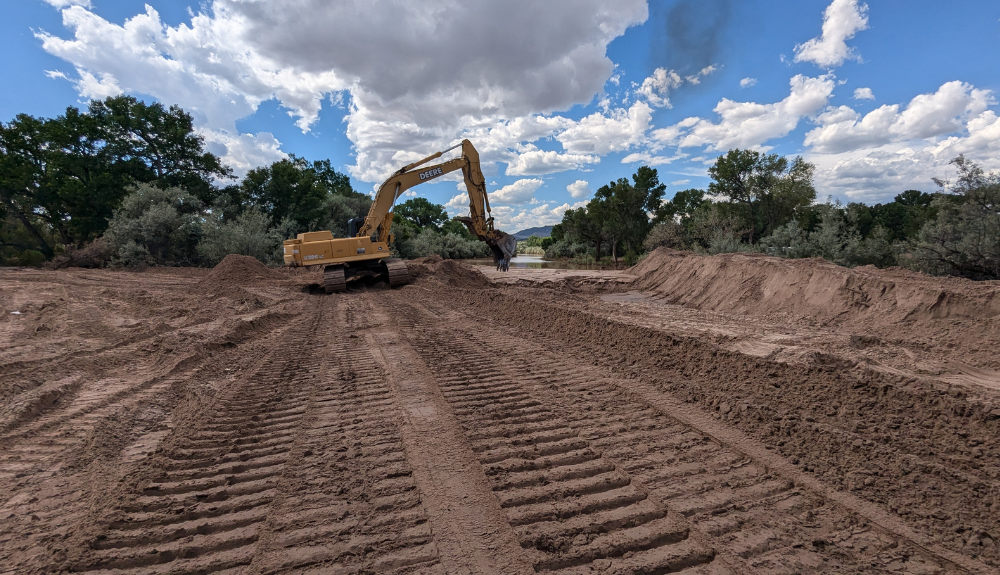
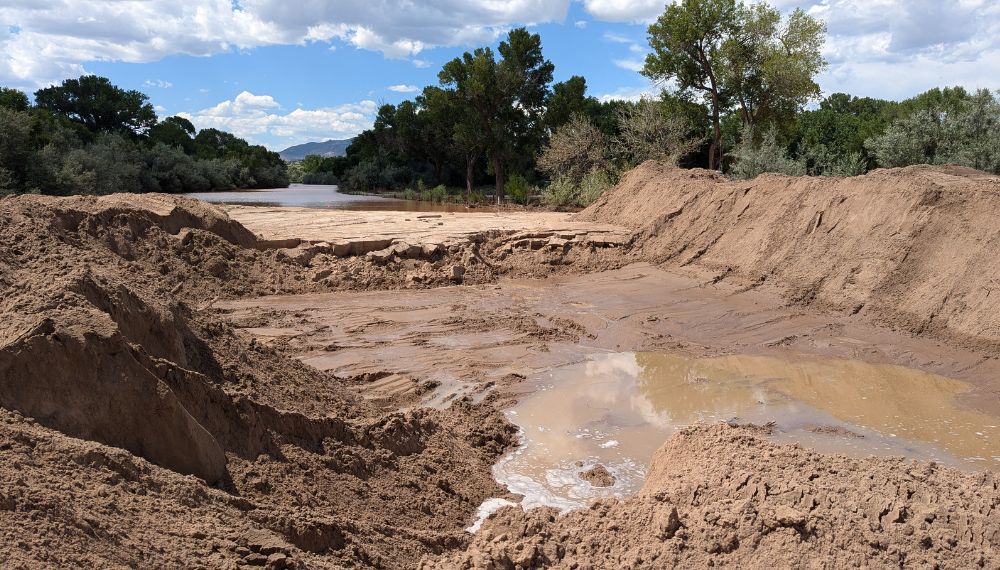


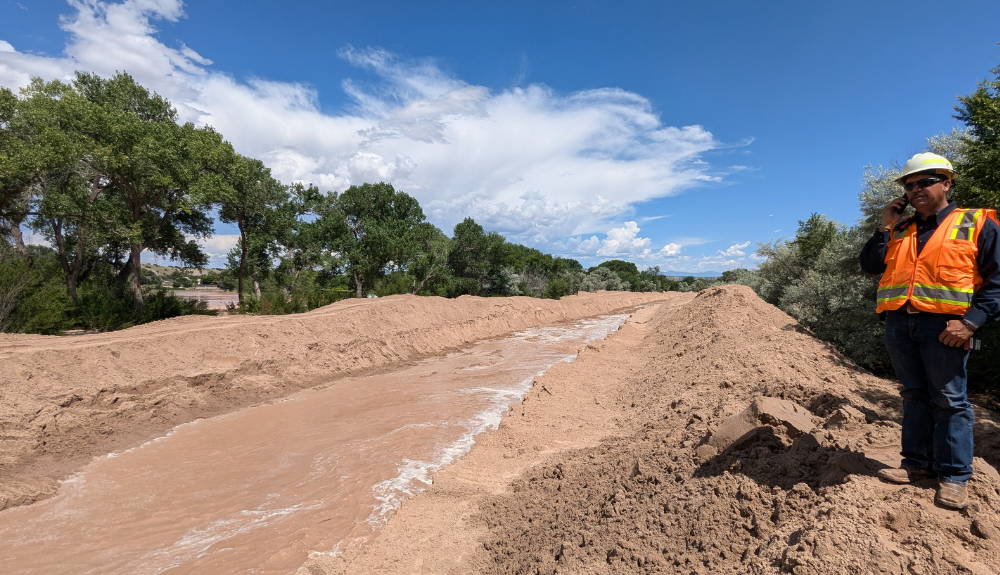
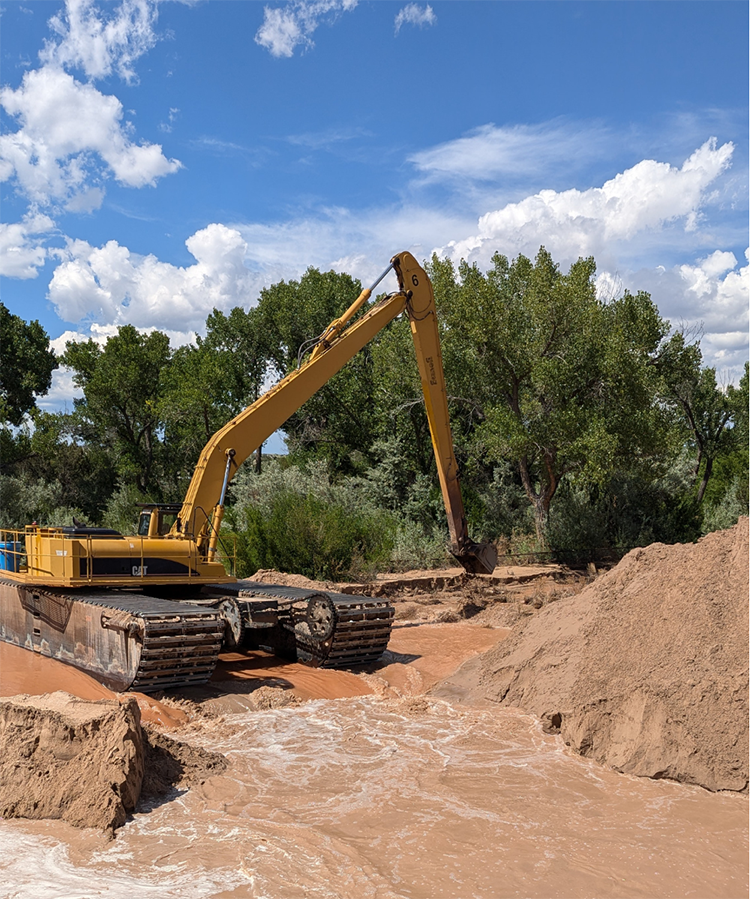

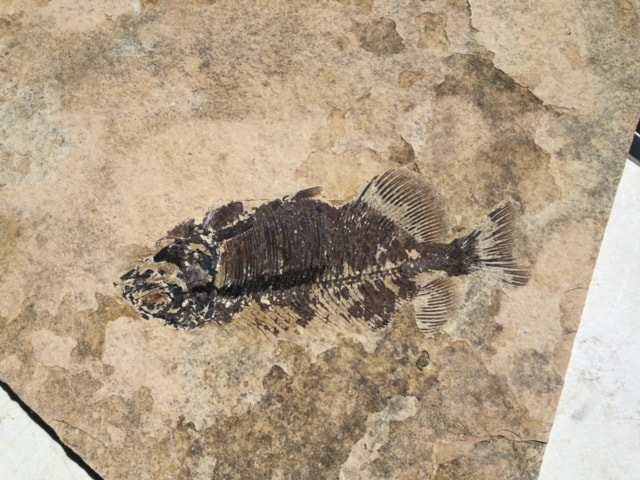


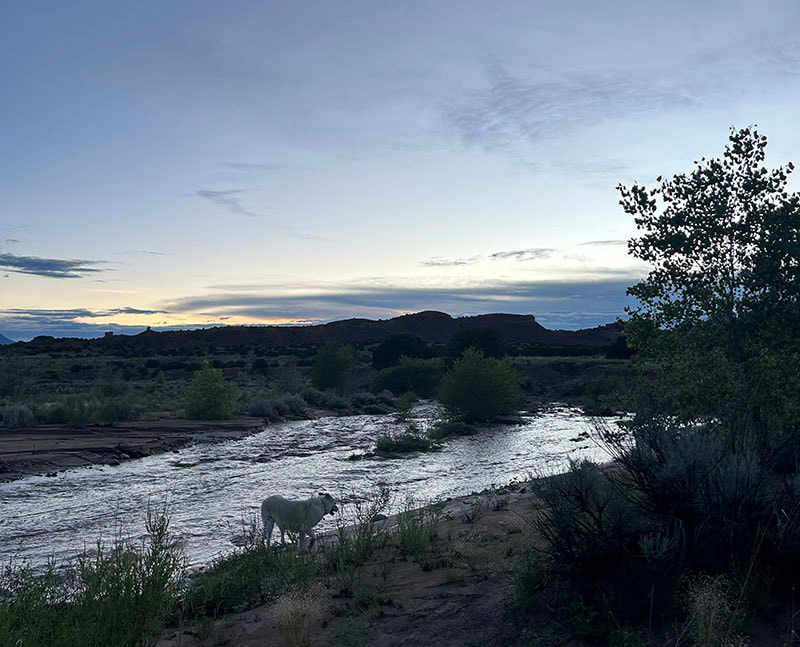

 RSS Feed
RSS Feed